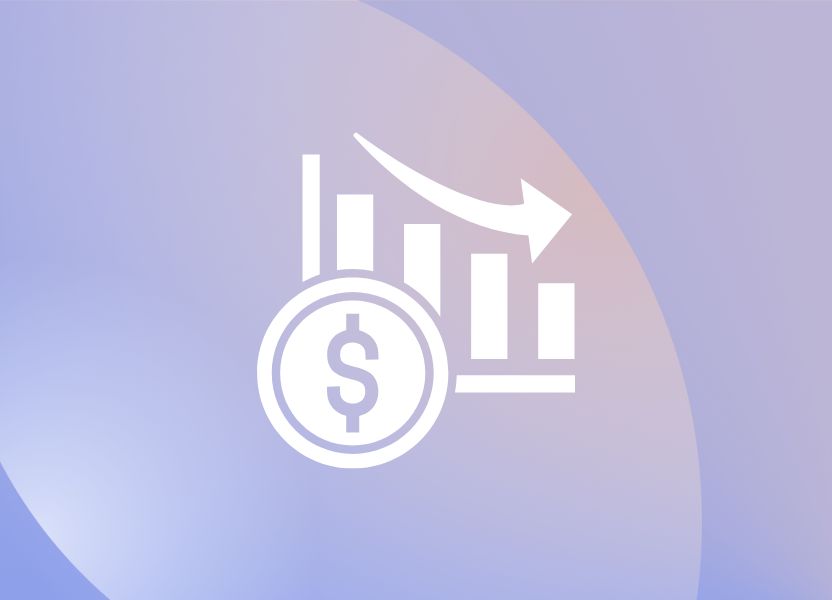“Cleared for Guam.”
That was all the inscription said. No name. No date. Just these curious words.
In the days before Spain lost the Marianas to the US, skippers unwilling to disclose their destination would cite Guam when clearing harbor.
This was a fiction: Guam, being Spanish, was not an open port. Only Spanish ships could trade there. Then, as now, captains were obliged to navigate to a ship’s destination by the shortest possible route. Failure to do so called for an explanation. But illicit side passages were profitable in the days of tramp steamers.
Clearing for Guam made these passages possible at the shipowner’s expense. It’s a classic example of how the avoidance of controls can become institutionalized.
Today’s financial reporting can be just as opaque. Like skippers masking their true route, modern executives sometimes bypass internal controls to delay scrutiny or dress up results. This kind of intentional detour - avoiding governance guardrails - might escape notice in the short term, but it builds hidden risk for investors.
In any discussion of governance, the topic of controls is always raised but rarely examined. Controls are essentially the checks and balances that a company puts in place to ensure operations are accurate, ethical, and aligned with investor expectations. Since they vary from company to company and are difficult to assess externally, they often get overlooked.
But weak or ignored internal controls degrade accounting quality, which is a leading indicator of financial risk.
At Transparently, we quantify this risk. Our AI-driven Risk Engine analyses decades of financial statements to assign each public company a transparent risk score and accounting health rating. A culture of poor internal controls, of poor governance, is invariably betrayed by patterns in the numbers. And those patterns are predictive.
Consider a real-life example involving a factory that used to send metal parts to an outside shop for expensive chroming. The warehouse manager ran an auto restoration business on the side and frequently added his own auto parts to the bin for chroming, including whole bumpers.
The cost of chroming is based on weight, and internal controls required that material be weighed before entering the warehouse. That step was skipped. The weighing was left to the warehouse manager. Employees noticed but said nothing. The consequences were real: the cost of chroming spiked, the company downgraded product quality, and jobs were lost. Customers lost confidence. Who doesn’t prefer chrome over plastic?
It’s this kind of undetected leakage - invisible in the financials but damaging to returns - that Transparently is built to surface at scale.
Weak oversight and unrealistic targets allow avoidance of internal controls to embed in corporate culture. But these patterns leave a trail. They erode accounting quality long before the damage becomes visible in earnings.
Our research shows that companies with poor accounting risk scores underperform. In fact, an ETF built only from companies with above-average accounting quality delivers an additional 150 to 200 basis points of return versus a market index.
Whether you're building long-only portfolios or identifying conviction shorts, Transparently helps surface financial vulnerability that the market hasn’t priced in yet - but will.
The lesson from Guam is simple. When companies take the long way around the truth, investors pay the price. Transparently helps you spot it before the storm hits.












